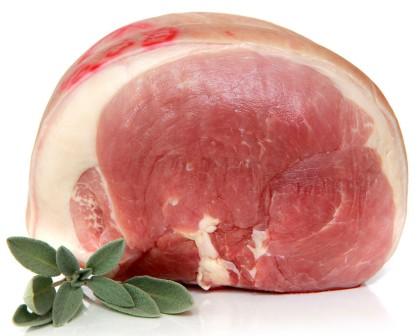 The main challenge in global markets remains: balancing the supply glut in the US and the EU with Chinese import demand, according to the Rabobank Global Pork Quarterly Q2.
The main challenge in global markets remains: balancing the supply glut in the US and the EU with Chinese import demand, according to the Rabobank Global Pork Quarterly Q2.
«Stalling supply and strong import demand in China will support the recovery of the global pork market above the expected seasonal improvement in Q2 2016,» says Rabobank Animal Protein analyst Albert Vernooij.
«It will result in a higher-than-expected recovery of the Rabobank five-nation hog price index, which will support pressured prices across the globe and will be particularly welcome in the EU.»
China: bullish market to remain
Supply shortage will continue to drive the pork market in China. Prices are forecast to further increase on top of the current high level, supporting further imports, which will likely reach 2m tonnes (+50% YOY). Supply recovery is not expected before 2017, as new regulations curb herd expansion.
EU: Limited bright spots in the EU
Real recovery of the EU market will not commence before the still-ample available supply—including EU Private Storage Scheme volumes—is pushed through. New measures by the European Commission are not expected to result in any structural change to the industry’s competitiveness.
US: FX and resulting exports key
Modest herd development and low feed prices support a positive outlook for the US pork industry. The main wild card for the final price level is trade, which might be hampered by the ongoing strength of the US dollar and sufficient availability from other exporters.
Brazil: FX developments are challenging
Ongoing depreciation of the real is supporting both rising pork and corn exports. While the former is supportive for the industry, the latter limits expansion and forces the industry to revise corn-sourcing strategies. Resulting margin pressure will remain until the second corn crop arrives.
ThePigSite


